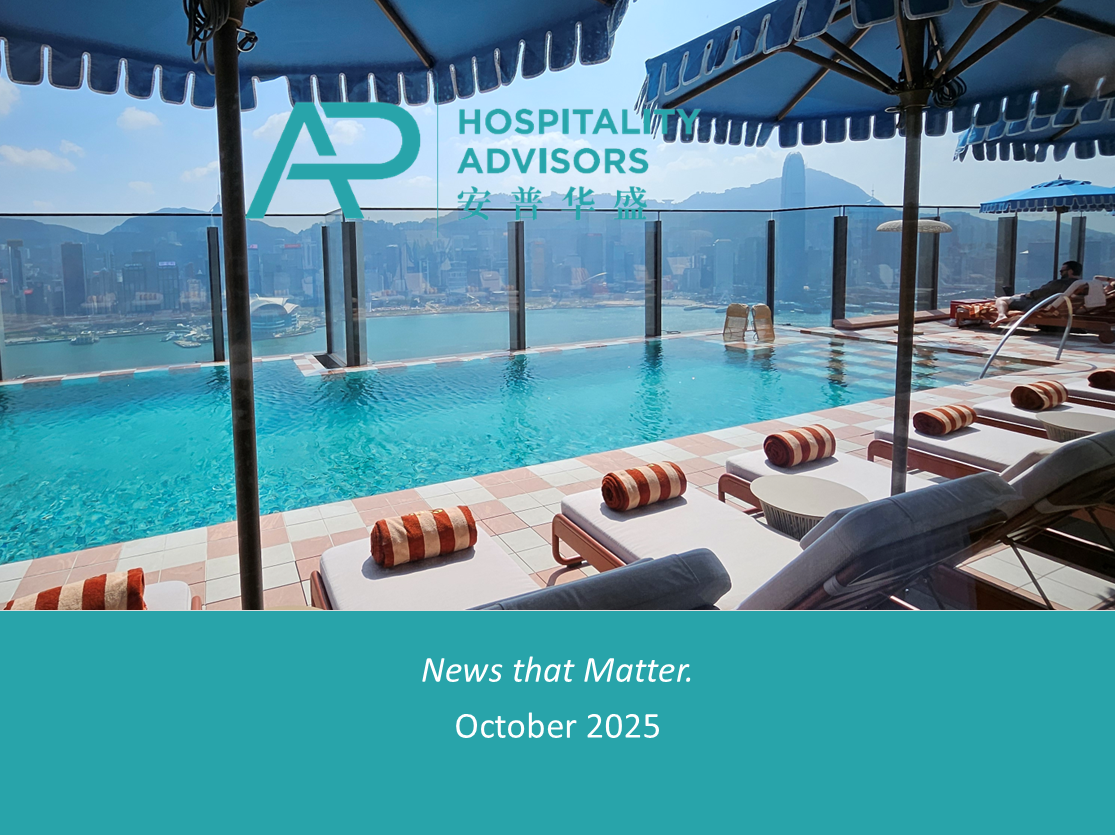Changes to hotel leases in select markets in Asia-Pacific and Europe during the times of COVID-19 (4/5)


Part 4: Hotel Leases in Europe (UK & DACH)
This series of articles discusses key characteristics by illustrating the most salient points of hotel leases (part 1) in Australia, Mainland China, Hong Kong SAR (part 2), Malaysia and Thailand, Singapore, South Korea in Asia-Pacific (part 3) and Austria, Germany, Switzerland (jointly as DACH) and the UK & Ireland in Europe (part 4) along with our conclusion (part 5). Japan, as a major leasing market in Asia-Pacific, deserves its own article (or book) and is not discussed in this series.
Europe
Hotel leases in Europe are largely put in place due to requirements from financial regulators. For this discussion, we will focus on the United Kingdom (UK) with Ireland and DACH (Germany, Austria, Switzerland)region only. Hotel leases are also common in France, Spain, parts of Eastern Europe (Poland) and Scandinavia (and not discussed here).
United Kingdom & Ireland
The reader of this article series will invariably notice a similarity in hotel leases in the UK & Ireland with Australia, though hotel leases are more common in the UK & Ireland. Since these countries share a common history this should be no surprise. Most of the terms discussed here pertain to the UK, but also apply broadly to Ireland. Hotel leases in the UK are usually signed directly with the operator, though some sandwich structure exist. Rents are often balanced between the fixed and variable components and the fixed component is adjusted periodically for inflation. Some operators with strong balance sheets are comfortable signing fixed rent only leases. Triple net leases with a term of 20 to 30 years are common and lessees offer corporate guarantees.
Pre-COVID, several operators used leases to enter markets at aggressive terms as a form of buying their way in, akin to Australia. For operators with a weaker balance sheet that has caused challenges. While protected from eviction under a commercial rent moratorium which was put in place by the government in March 2020 – which was recently extended until March 2022, rent arrears may have accumulated.
During COVID, several lessees have worked out variable rent agreements with their owners, but this is not an option for all, in particular where keep-open requirements or mandatory operating rights are mandated by the owner. Some lessees have been able to negotiate rent pauses for a certain period which in turn result in the extension of the lease at a multiple(without deferrals). Rent pauses are more compelling for the lessee and can be reasonable in scenarios where the owner cannot find another lessee.
In general, lease coverage ratios are decompressing from previously very aggressive levels, in the range of 1.8 to 2.0 from previously close to 1.0 (!) in extreme cases. Rent free periods have also been extended. This relaxation of terms presents opportunities for the larger players with strong balance sheets to seize significant market share in the short-to-medium term. From the owner side, having more see-through on the operations becomes more critical as the variable component becomes larger and leases offer more concessions during periods of market distress, which is not always in the interest of the operator.
Leases are likely to stay in the UK & Ireland, though they may be more flexible in some cases and stress-tested for exceptional events like the COVID-19 pandemic.
DACH (Germany, Austria, Switzerland)
Financial regulators have a strong influence on the hotel investment environment in the DACH (Germany, Austria, Switzerland) region where institutional investors including trustees and open-ended funds cannot take operating risk or incur losses. Institutional investors represent the majority of branded hotel real estate owners, thus the great influence of financial regulators on the hotel leasing market. These owners are very well capitalized to the point where debt is of no concern yet are passive at the same time. The regulation for (hotel) leases stipulates that only a small share of the rent can be variable (around 10% or less). The fixed component is determined by the target yield of the owner and would be adjusted for inflation with a floor and ceiling providing very little risk exposure to the owner.
At the same time, fixed triple net leases remain popular among less experienced developers and owners, which can be sandwich structures as well. Some owners do not require an adjustment for inflation on the fixed component. Notably, the lack of experience and understanding of the lease model prevents some owners from securing more favourable lease terms, particularly around guarantees. In some cases, the owner may take a rent deposit of multiple years as a form of guarantee because bank guarantees are expensive and corporate guarantees do not transfer upon exit for the owner. On the other side of the table may be larger operators who negotiate towards as low a guarantee as possible and some may use a special purpose vehicle (SPV) as an OpCo for a sandwich structure.
While the fixed lease model is rightfully considered to be safer, more balanced hybrid leases do exist. In the case of a significant food and beverage component different rates may be applied to rooms and food and beverage. A hybrid structure also aids in that only the fixed lease is capitalized on the balance sheet, limiting cost of capital pressure on the lessee. These leases can be double net or triple net depending on how they are negotiated for a 25- to 30-year term -trending shorter.
In DACH, more than in any other region, cash-rich, passive owners will continue to require leases with very high fixed components or pure fixed leases post-COVID. It is unlikely that the financial regulators will relax the regime in the near term. One interesting dynamic could be the increasing requirement from fund stakeholders for green funding that can call for portfolios to be revisited.
The fifth article in this series will discuss the findings in a conclusion.







